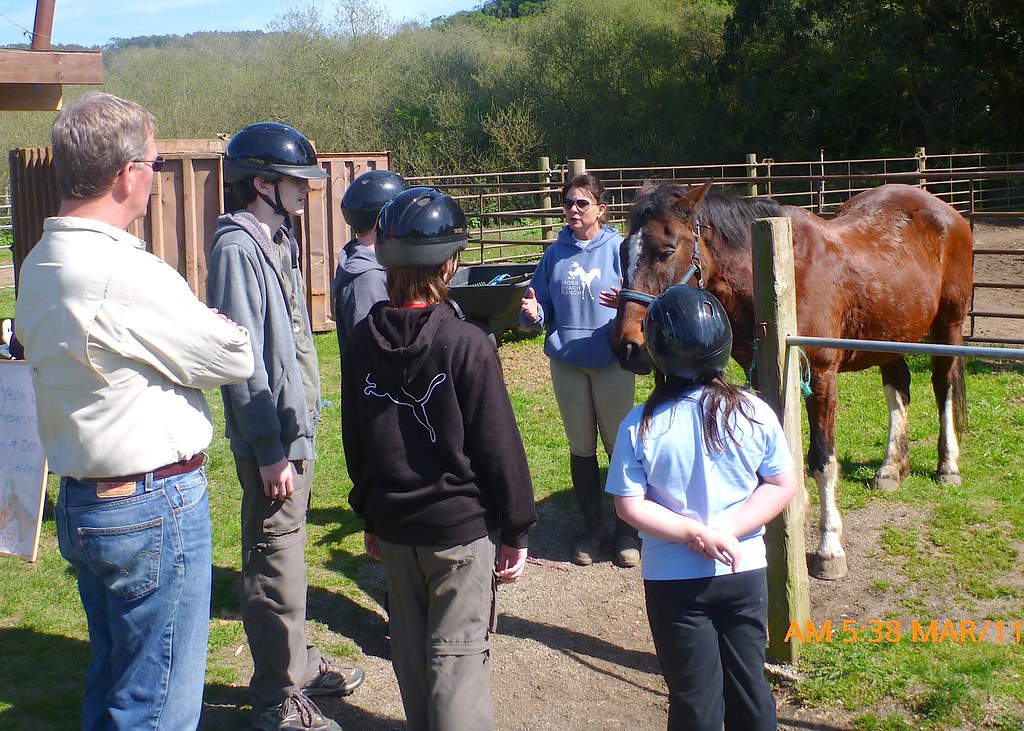Natural horsemanship represents a profound shift in how we interact with horses, moving away from dominance-based training toward partnership and mutual respect. Unlike traditional methods that often prioritize human control, natural horsemanship seeks to communicate with horses in ways that honor their innate psychology and herd dynamics. By incorporating these principles into your daily interactions, you create not just a better-trained horse, but a deeper, more meaningful relationship built on trust. Whether you’re a seasoned equestrian or new to horse care, these gentle yet effective approaches can transform routine tasks into opportunities for connection and growth, benefiting both horse and handler alike.
Understanding the Philosophy of Natural Horsemanship
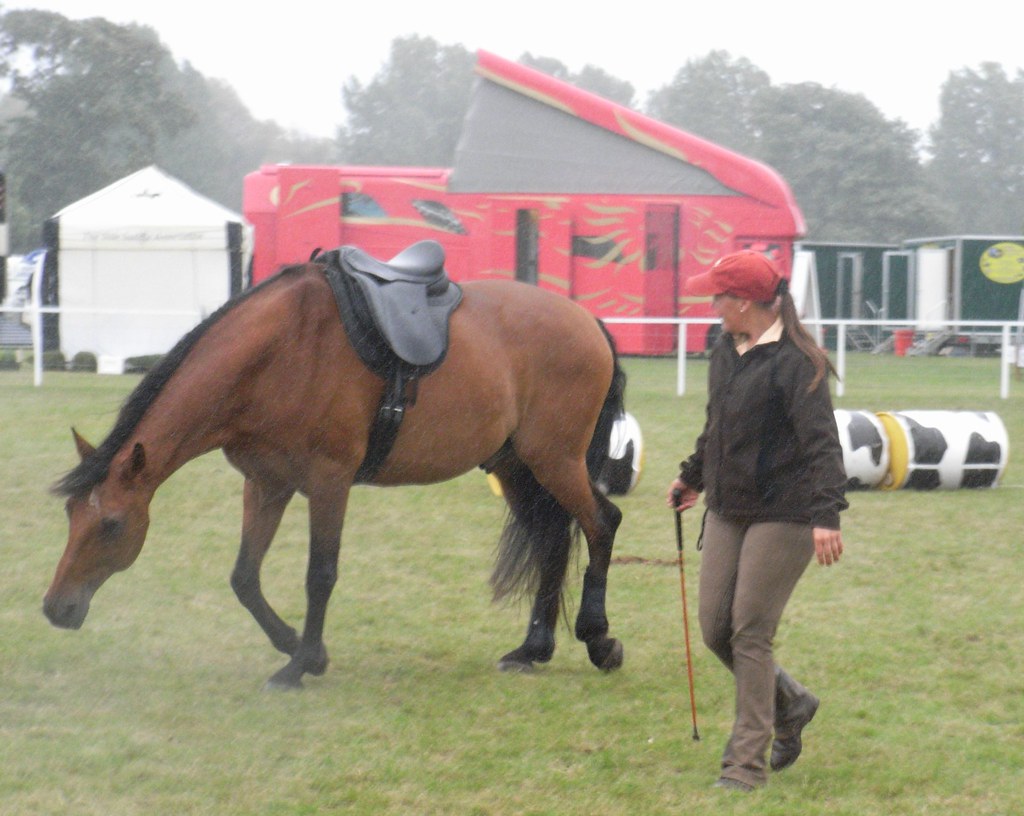
Natural horsemanship is founded on the principle that horses respond better to leadership than domination, mirroring how they interact in their natural herd environment. This approach recognizes horses as prey animals with specific communication styles and social structures that have evolved over thousands of years. Rather than forcing compliance through fear or pain, natural horsemanship practitioners aim to become trusted leaders by demonstrating consistency, fairness, and clear communication. The goal isn’t just obedience but developing a willing partnership where the horse chooses to cooperate because they understand and respect their human companion, not because they fear the consequences of disobedience.
Establishing Morning Greeting Rituals
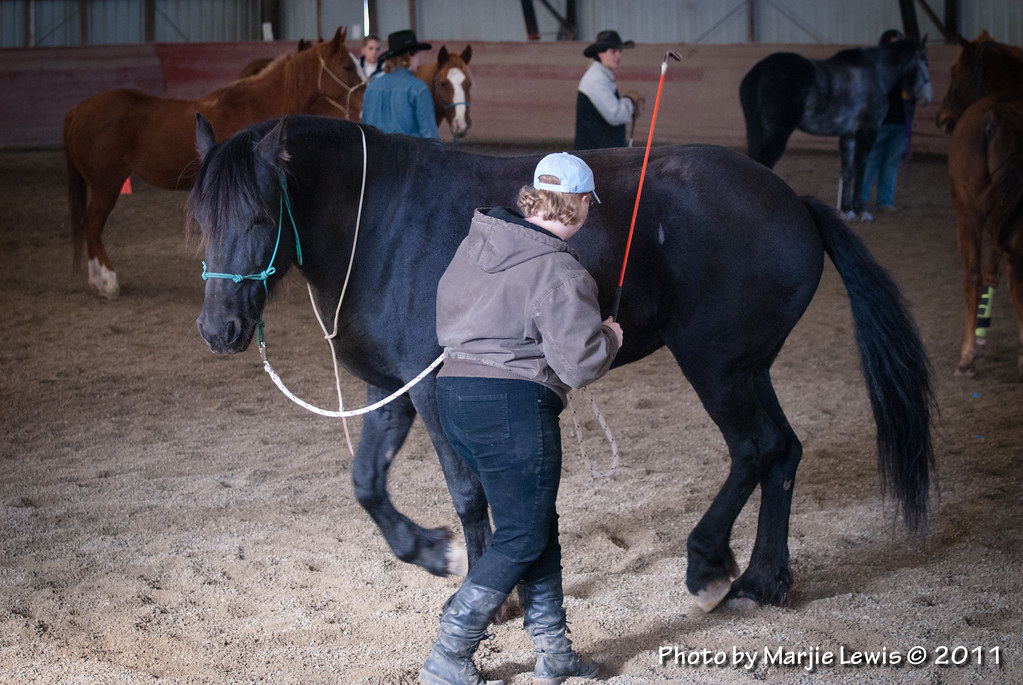
How you first approach your horse each day sets the tone for all interactions that follow, making morning greetings a perfect opportunity to reinforce natural horsemanship principles. Begin by approaching the paddock or stall with calm, deliberate movements, allowing your horse to acknowledge your presence before you enter their space. Once inside, spend a few quiet moments simply being present—no halter, no agenda—just breathing together and establishing connection through gentle touch or grooming. This ritual demonstrates respect for the horse’s space and builds trust through predictability and patience. Many experienced practitioners find that horses who receive this kind of consistent, respectful morning greeting become more receptive to training later in the day and display fewer stress behaviors during handling.
Mindful Leading Techniques
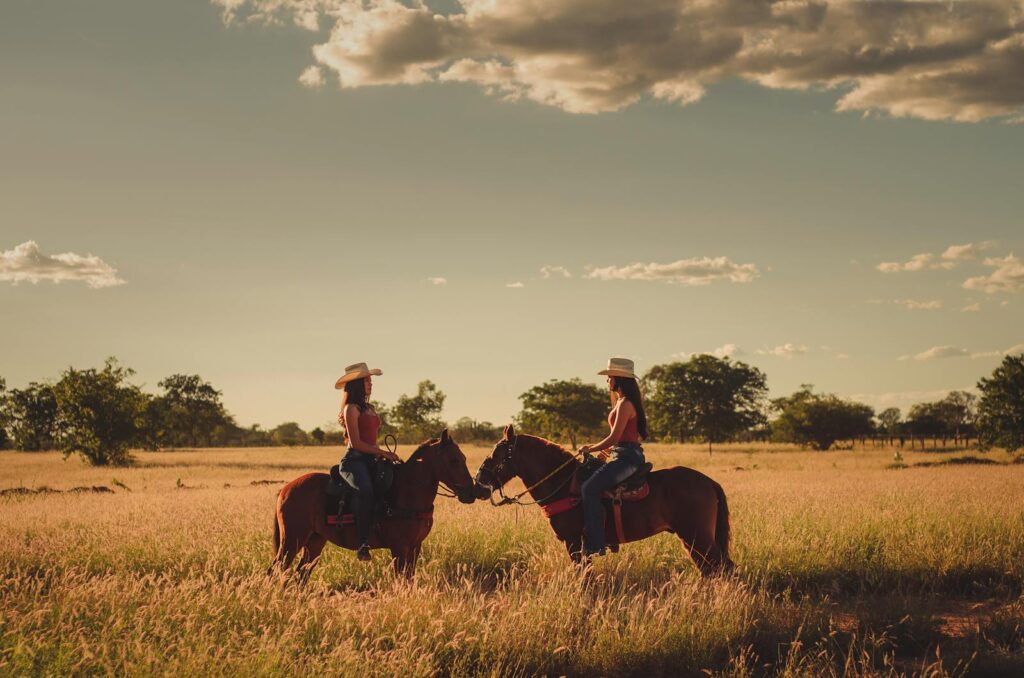
The seemingly simple act of leading a horse provides rich opportunities to practice natural horsemanship concepts that strengthen your partnership. Rather than dragging or pulling your horse along, focus on creating energetic connection—where your horse follows your movement because they’re engaged with you, not because they’re being forced. Begin by ensuring your horse is attentive before moving off, using light pressure that releases immediately when they step forward. Maintain awareness of your body language, remembering that horses are incredibly sensitive to energy and intention; when you walk confidently with purpose, your horse naturally wants to follow. Practice frequent transitions between walking, stopping, and backing up, rewarding softness and responsiveness with immediate release of pressure and verbal praise.
Transforming Grooming Into Bonding Time
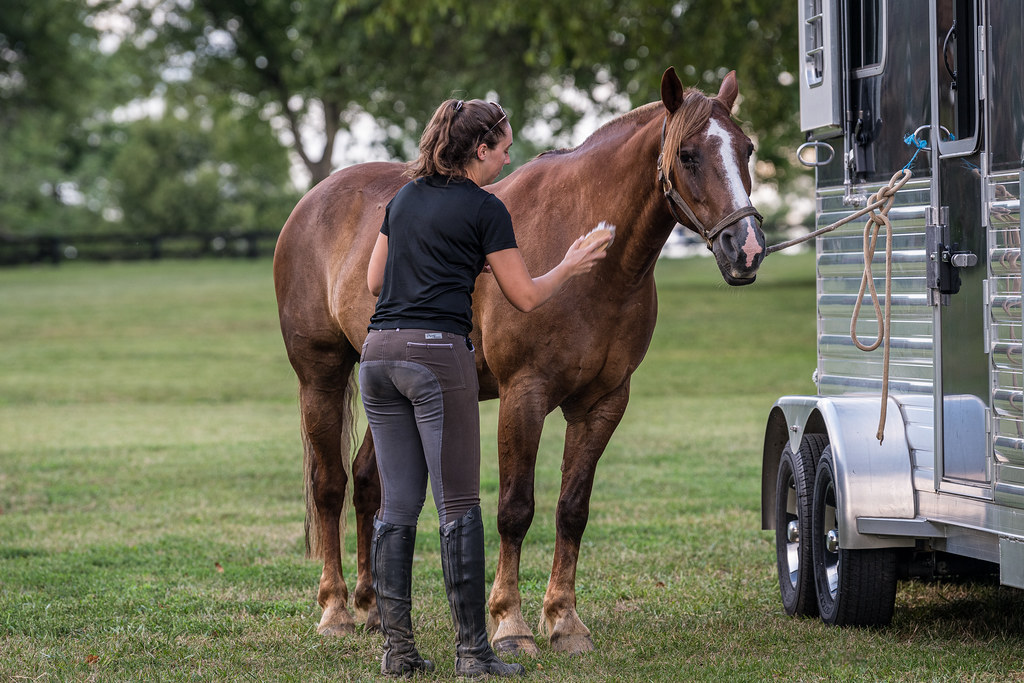
Daily grooming sessions offer perfect opportunities to strengthen your connection while practicing natural horsemanship principles. Instead of rushing through grooming as a utilitarian task, approach it as a mutual bonding experience where you’re building trust and establishing touch acceptance. Begin each session by scanning your horse’s body language, respecting their mood and adjusting your approach accordingly—some days might call for gentle, soothing strokes while others might allow for more vigorous currying. Pay special attention to your horse’s responses, noting areas of tension or pleasure and using this information to deepen your understanding of their individual preferences. Incorporate gentle massage techniques during grooming, particularly around the poll, withers, and hindquarters, which helps release tension and creates positive associations with your touch.
Groundwork Exercises for Daily Connection
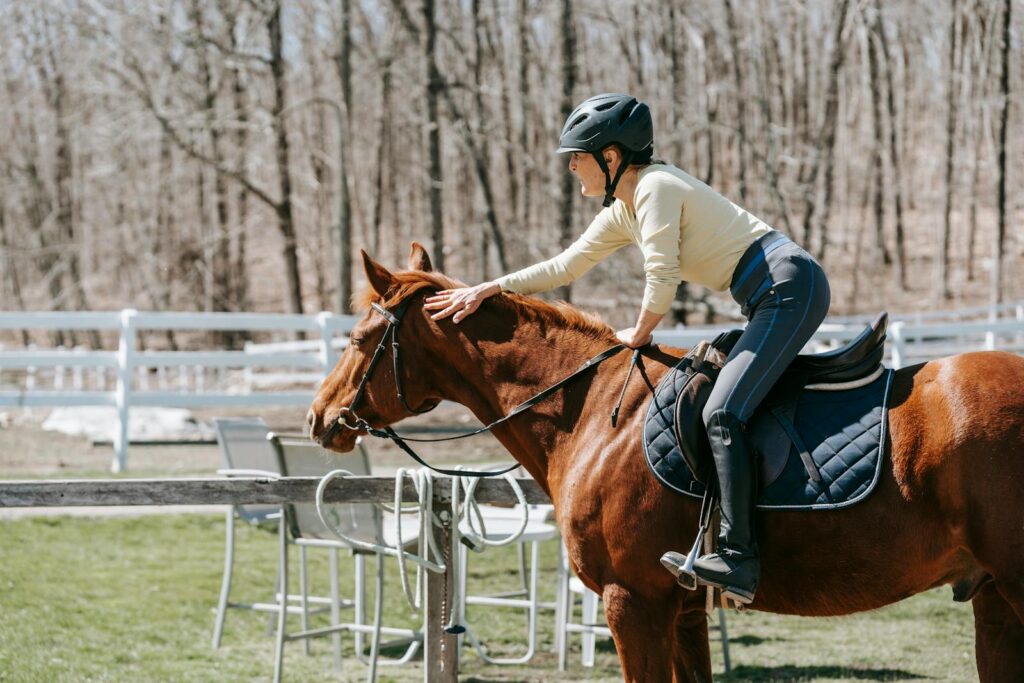
Incorporating brief groundwork sessions into your daily routine reinforces leadership while building your horse’s confidence and responsiveness. The beauty of natural horsemanship groundwork is that even five minutes of quality work can yield significant results when done consistently. Simple exercises like yielding the hindquarters, disengaging the shoulders, or practicing “sending” your horse in circles around you help establish clear communication through body language and intention rather than force. Focus on the quality of response rather than duration, looking for softness and willingness in each movement your horse offers. Many successful practitioners find that short, focused groundwork sessions before riding create a more attentive, connected mount and prevent common behavioral issues that stem from insufficient preparation.
Communication Through Pressure and Release
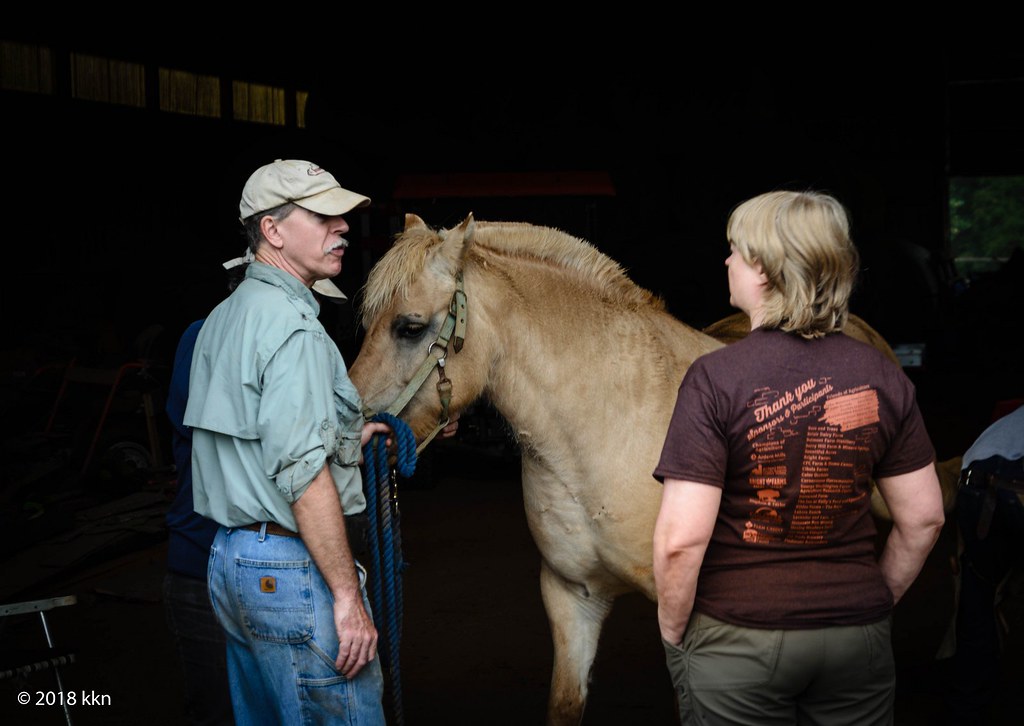
The pressure-release technique forms the cornerstone of natural horsemanship training and can be incorporated into virtually every interaction with your horse. This method involves applying the minimum amount of pressure needed to request a response, then immediately releasing that pressure when the horse complies, even if the response is just a small try in the right direction. During daily handling, practice using incremental pressure—starting with the lightest possible cue and increasing gradually only if necessary. This approach teaches horses to become more responsive to subtle signals rather than waiting for stronger pressure. Remember that timing is crucial; the release must happen the instant your horse responds correctly, as this is what teaches them which behavior is desired.
Liberty Work: The Ultimate Connection
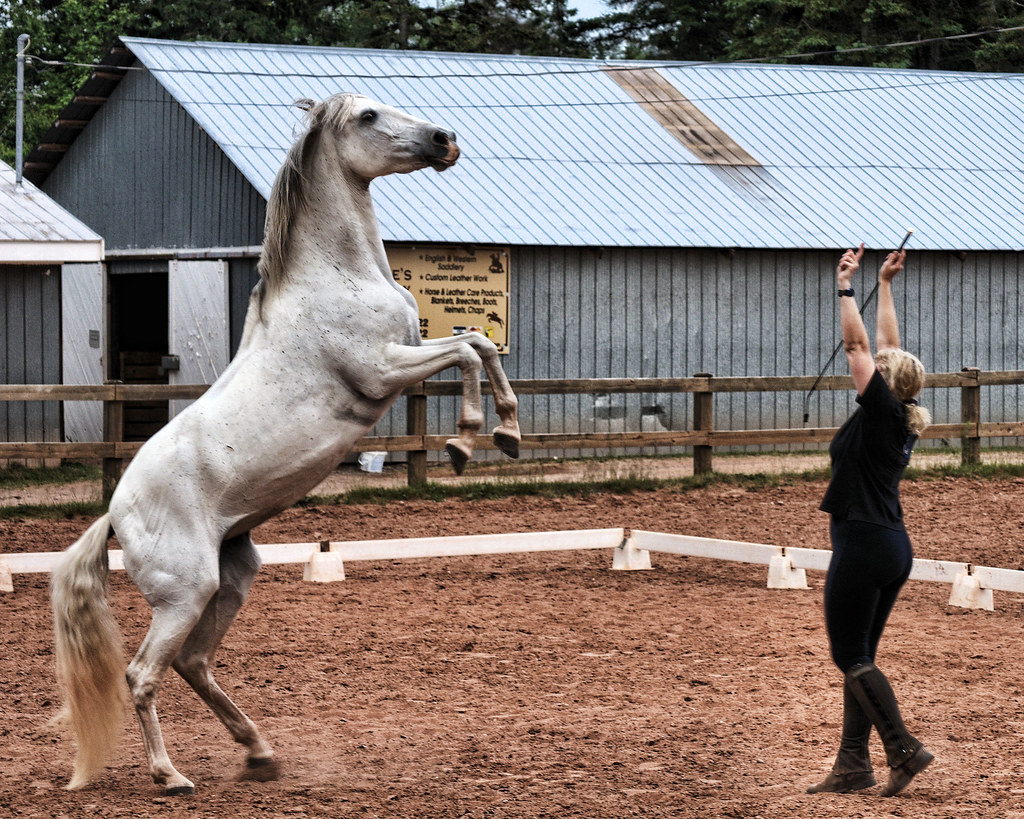
Liberty work—interacting with your horse without ropes, halters, or physical restraints—represents the pinnacle of natural horsemanship and can become a rewarding addition to your routine. Begin in a safe, enclosed area where you can practice having your horse follow, circle, and change direction based solely on your body language and energy. Start with short sessions of 5-10 minutes, focusing on clear communication rather than perfect execution of movements. The beauty of liberty work is that it provides immediate, honest feedback about your relationship—a horse that chooses to stay engaged with you without restraint is demonstrating true partnership. Many practitioners find that regular liberty sessions translate to improved responsiveness during all other activities, as they strengthen the horse’s desire to connect rather than merely comply.
Integrating Natural Feeding Practices
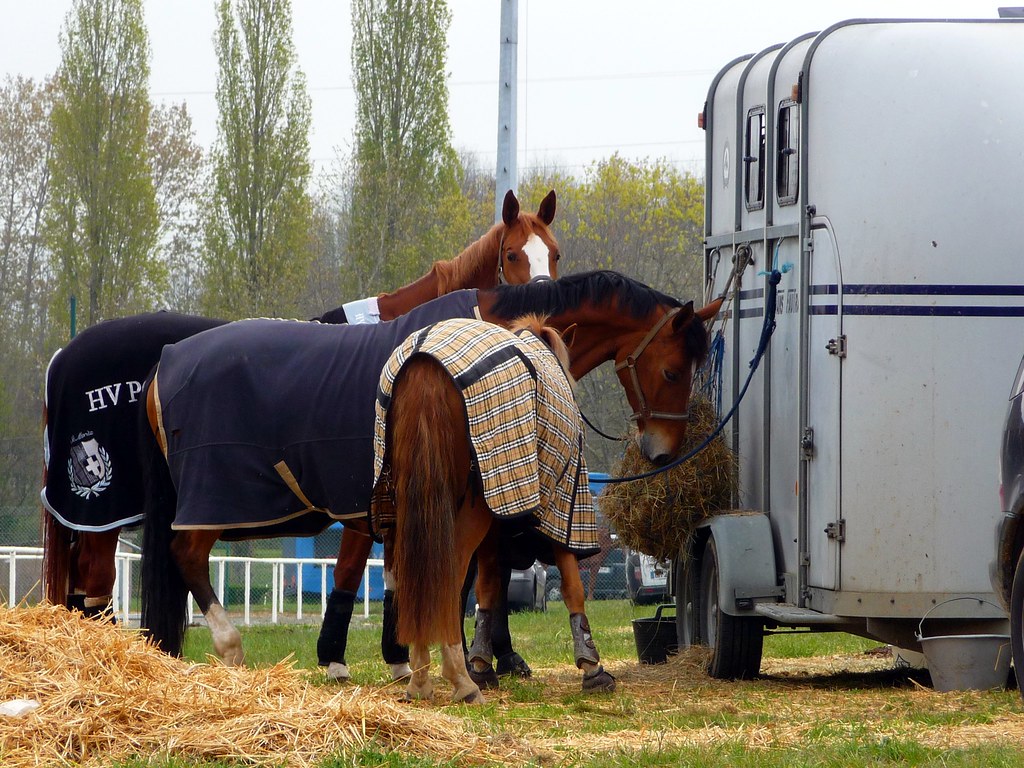
Feeding time offers a powerful opportunity to reinforce natural horsemanship principles through practices that respect horses’ natural grazing behaviors and herd dynamics. Consider implementing techniques like asking your horse to move their feet or yield space before receiving food, which establishes you as the controller of resources in a way that mimics natural herd relationships. Slow-feeding systems that extend eating time more closely resemble natural grazing patterns and reduce stress-related behaviors like bolting food or resource guarding. Pay attention to your own energy during feeding times, approaching with calm, consistent movements rather than rushing, which can create anxiety or encourage pushy behavior. Many natural horsemanship practitioners also use feeding times to practice basic manners like respecting personal space, standing quietly while food is prepared, and waiting for permission to eat.
Creating Meaningful Transition Moments
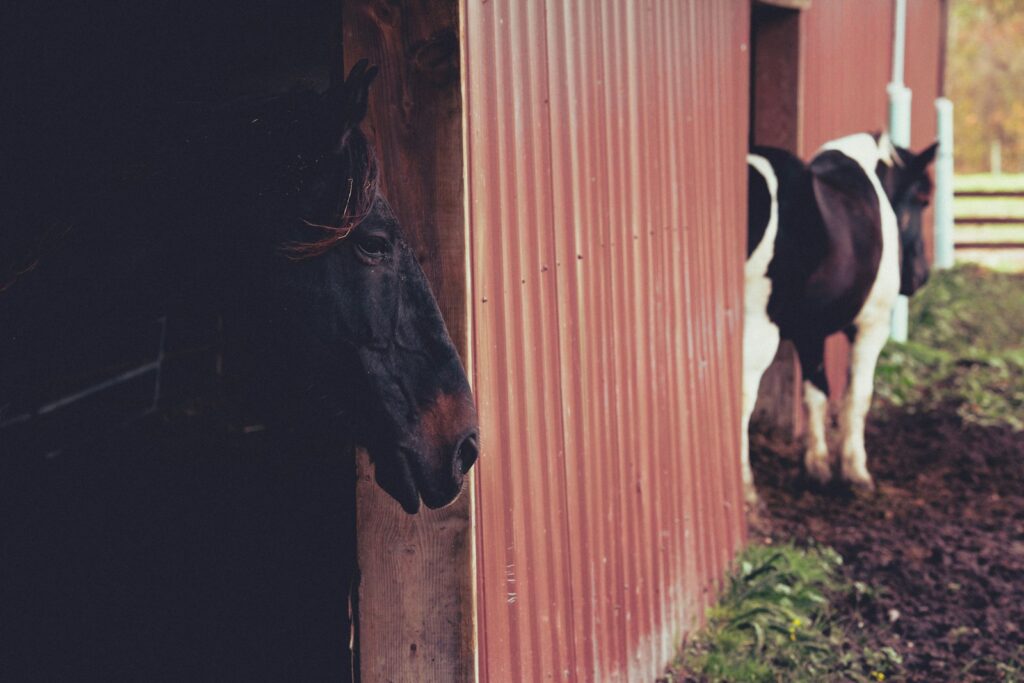
Transitions between activities provide valuable opportunities to strengthen your horse’s attention and respect through natural horsemanship practices. Instead of abruptly moving from one task to another, create clear beginnings and endings for each interaction, helping your horse understand when to focus and when to relax. Before entering the stall, request your horse’s attention at the door; before mounting, ensure you have mental engagement through simple ground exercises. These transitional moments teach your horse to tune in to you rather than operating on autopilot. Experienced practitioners find that horses who learn to recognize these transition signals become more present during training, less reactive to distractions, and more willing partners overall.
Body Language Awareness in Daily Interactions
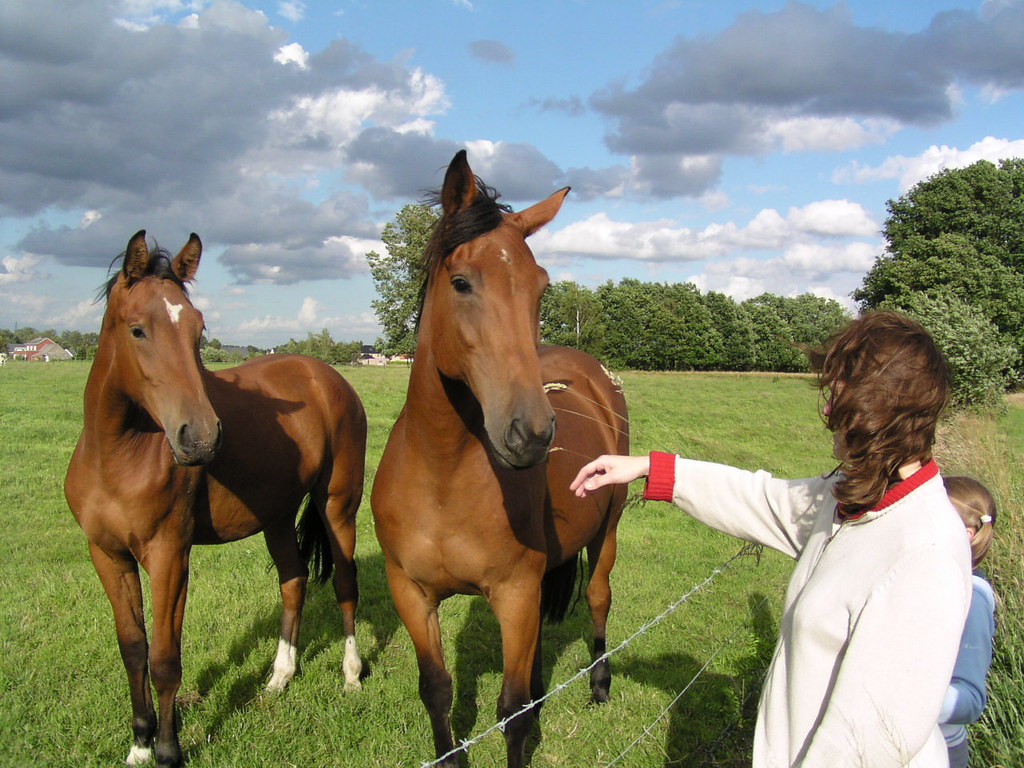
Developing heightened awareness of your own body language transforms every interaction with your horse when you apply natural horsemanship principles. Practice monitoring your breathing, posture, and energy level throughout the day, particularly during routine handling tasks like haltering, leading, or tacking up. Experiment with how subtle changes in your stance, eye contact, or hand position affect your horse’s responsiveness, noticing how they mirror your internal state. Many handlers are surprised to discover how much their horses pick up on unconscious signals like holding breath during tense moments or shifting weight when anticipating resistance. By bringing mindfulness to these details, you can communicate more precisely with your horse, eliminating mixed signals that create confusion and resistance.
Problem-Solving Through Natural Methods
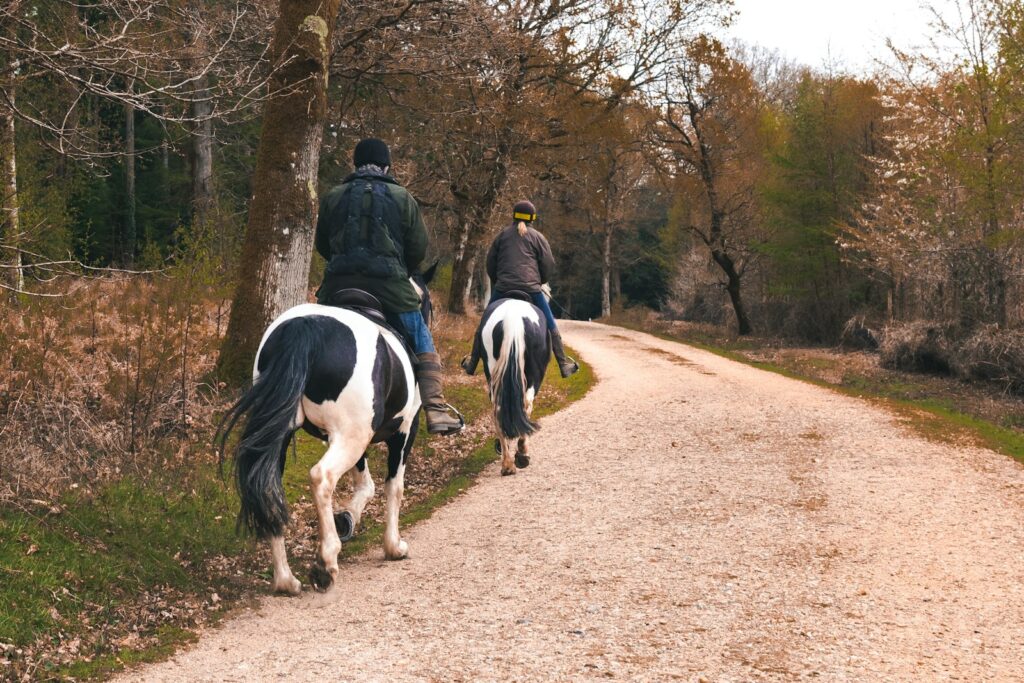
When challenges arise during daily routines, natural horsemanship offers effective problem-solving approaches that strengthen rather than damage your relationship. Instead of reacting with frustration or force, view problems as communication opportunities—your horse is expressing confusion, fear, or discomfort that needs addressing. Take time to analyze what happens before the unwanted behavior occurs, looking for patterns or triggers you might have missed. Break challenging tasks into smaller, more manageable steps, finding the point where your horse can succeed and gradually building from there. Many behavioral issues resolve when handlers shift from thinking “how do I make my horse do this?” to “how can I help my horse understand what I’m asking?” This fundamental perspective change leads to solutions that respect the horse’s learning process and build confidence rather than compliance.
Building Consistency Across All Handlers
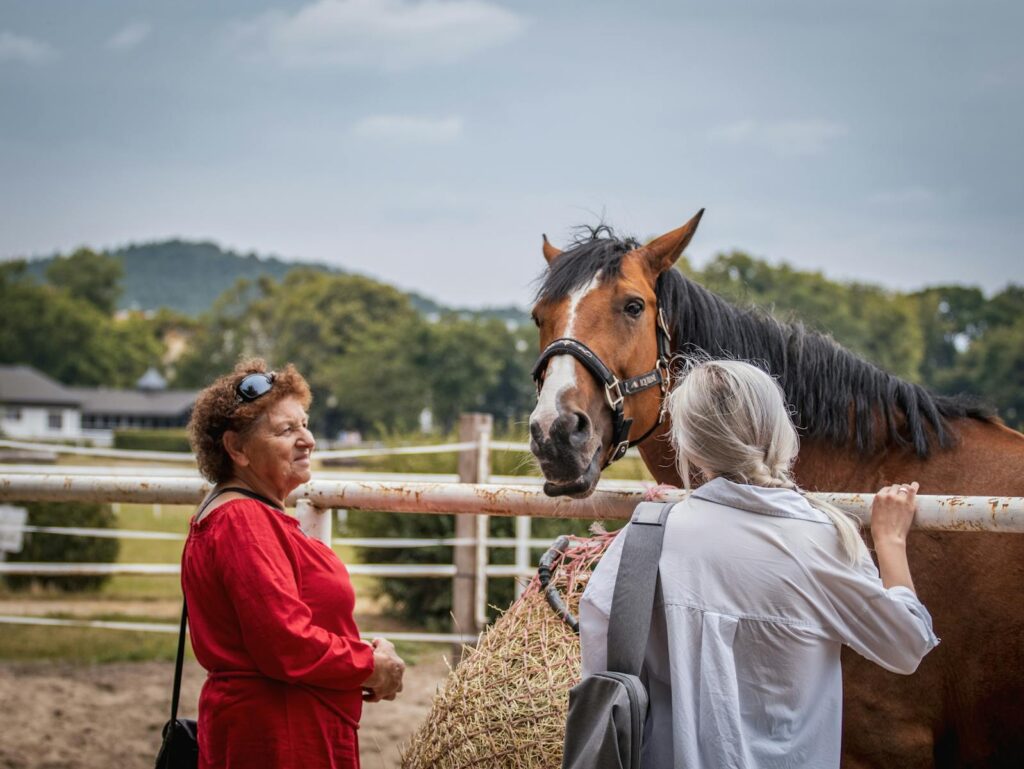
For horses with multiple caretakers, establishing consistency in natural horsemanship approaches across all handlers creates a more secure, confident equine partner. Begin by ensuring everyone who interacts with your horse understands basic natural horsemanship concepts like pressure and release, reading body language, and respecting the horse’s space. Create simple protocols for routine activities such as haltering, leading, and grooming that all handlers can follow, focusing on clear cues and responses rather than complicated techniques. Regular mini-workshops where handlers can practice together help synchronize approaches and identify areas where the horse might be receiving mixed messages. Many boarding facilities report dramatic improvements in horse behavior when all staff members adopt consistent natural horsemanship principles, as horses thrive in environments where expectations are clear and communication is predictable.
Tracking Progress Through Journaling
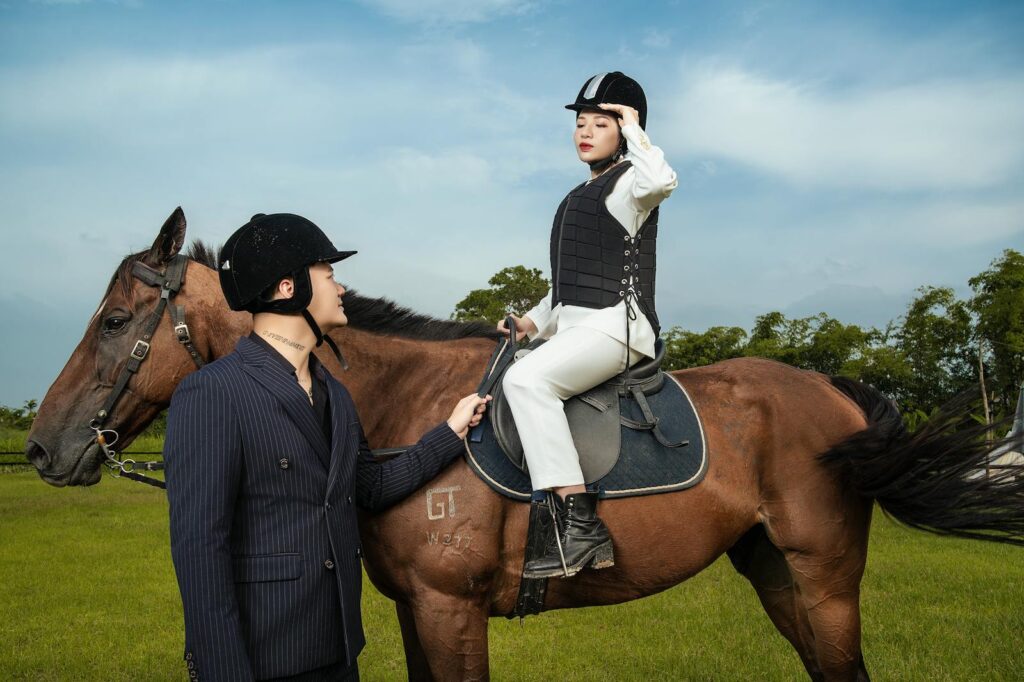
Maintaining a natural horsemanship journal creates accountability and helps track subtle improvements that might otherwise go unnoticed in daily interactions. Set aside a few minutes each day to record observations about your horse’s responses, noting areas of progress and resistance. Include details about what worked well, what didn’t, and any insights about your own handling that emerged during your interactions. Many practitioners find that journaling reveals patterns over time—perhaps your horse consistently struggles with certain requests at specific times of day, or shows remarkable improvement after certain types of groundwork. This written record not only documents your journey but serves as a valuable problem-solving tool when challenges arise, allowing you to review previous successful approaches and adapt them to current situations.
Embracing the Journey of Continuous Learning
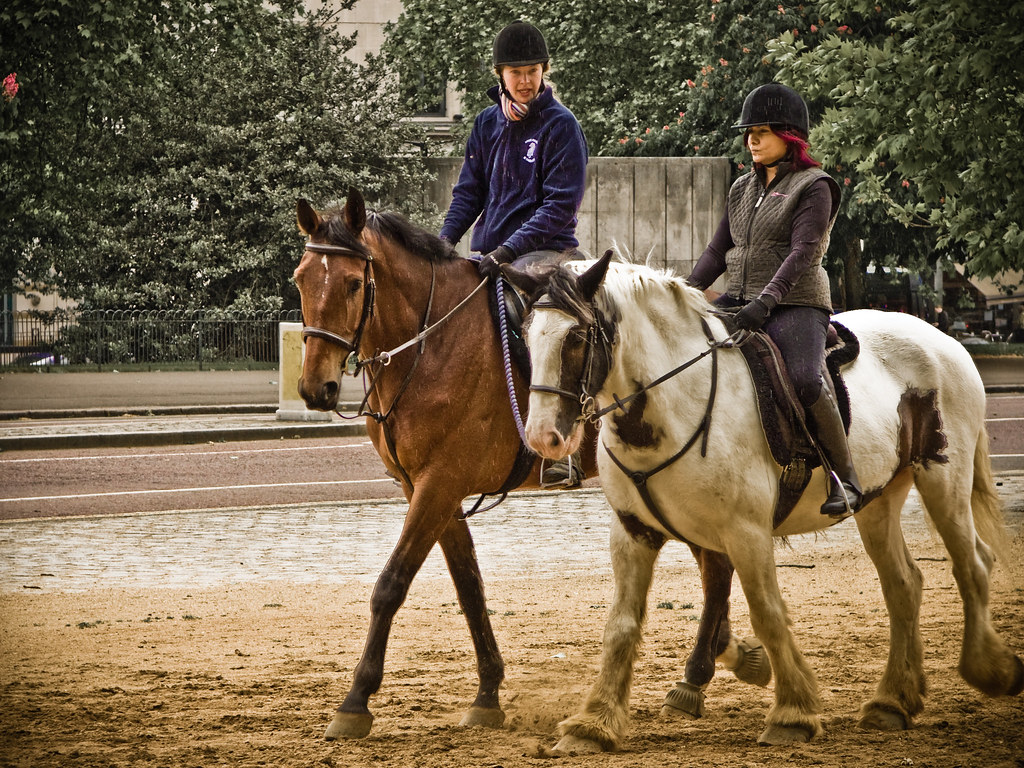
Perhaps the most important aspect of incorporating natural horsemanship into daily routines is embracing it as a lifelong learning process rather than a destination. Set aside time regularly to expand your knowledge through books, videos, clinics, or lessons with experienced practitioners who can provide feedback on your technique and offer new perspectives. Remember that even the most accomplished horsemen continue to evolve their approaches based on what they learn from each horse they encounter. Be willing to question your assumptions and adapt your methods when something isn’t working, knowing that flexibility rather than rigid adherence to any system best serves your horse’s individual needs. Many dedicated natural horsemanship practitioners find that this commitment to continuous improvement not only benefits their horses but enriches their own lives through deeper self-awareness and connection to these remarkable animals.
By integrating natural horsemanship principles into your daily interactions with horses, you create a foundation of trust and communication that transforms routine care into meaningful connection. This approach recognizes that every moment spent with a horse—from the simplest greeting to complex training sessions—offers an opportunity to strengthen your partnership through respect, clear communication, and mutual understanding. As you consistently apply these principles, you’ll likely notice your horse becoming more relaxed, responsive, and engaged, while you develop greater patience, awareness, and empathy. The beauty of natural horsemanship lies not in perfection but in the journey itself—a rewarding path of growth for both horse and human that deepens with each mindful interaction.

